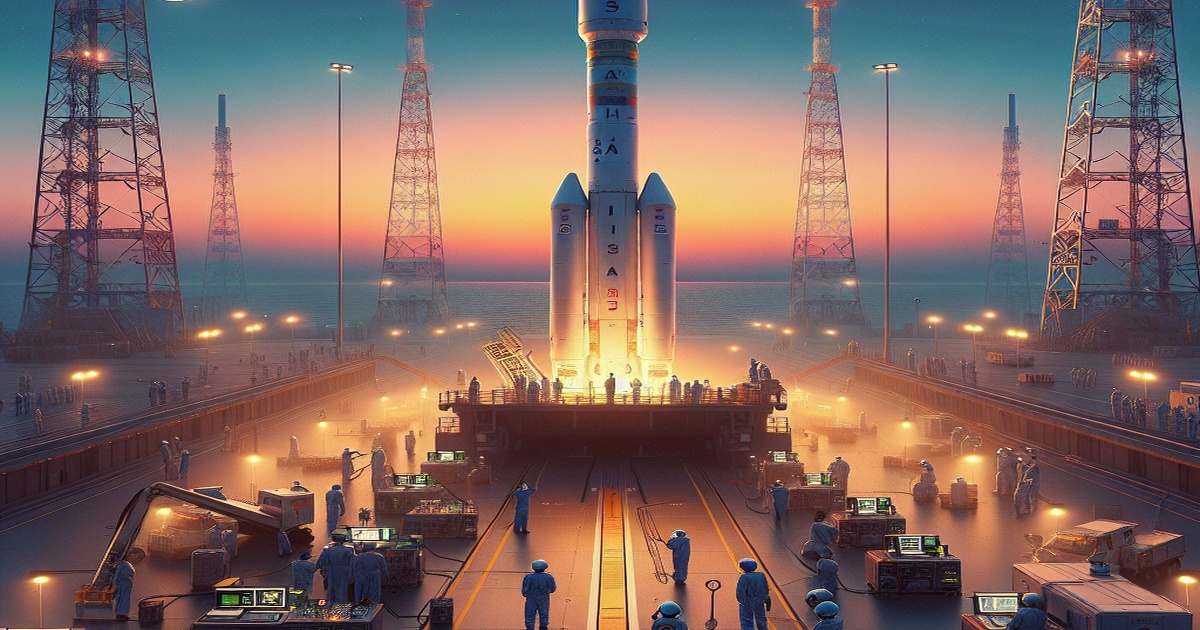The H2A rocket, Japan's primary launch vehicle for over two decades, completed its final mission early Sunday morning. The launch took place from the Tanegashima Space Center in Kagoshima Prefecture, marking the end of a 24-year era that significantly shaped Japan's space program.
The final flight, mission number 50, carried the GOSAT-GW satellite. This satellite, developed by the government, is designed for environmental observation. It integrates advanced technology to monitor ocean surface temperatures and water cycle dynamics. Additionally, it includes a sensor to measure greenhouse gases, aiming to contribute significantly to Japan's efforts in climate change mitigation and resource management.
The H2A rocket concludes its service with an impressive record. Out of 50 launches, 49 were successful, resulting in a 98% success rate. Jointly developed by Mitsubishi Heavy Industries and the Japan Aerospace Exploration Agency (JAXA), the 53-meter rocket first launched in 2001. It quickly became a crucial component of Japan's space endeavors.







5 Comments
Comandante
It is a shame they couldn't put some of the technology into play again to have a newer, better vehicle.
Habibi
Excited to see what the next generation of rockets can achieve! Go JAXA!
ZmeeLove
Congratulations to all involved in the H2A program. What an incredible service to Japan's space ambitions!
Muchacho
Excellent news for the GOSAT-GW satellite! Looking forward to the environmental data it provides.
Bella Ciao
This comes at a bad time, given the constant advancements of space technology by other nations.